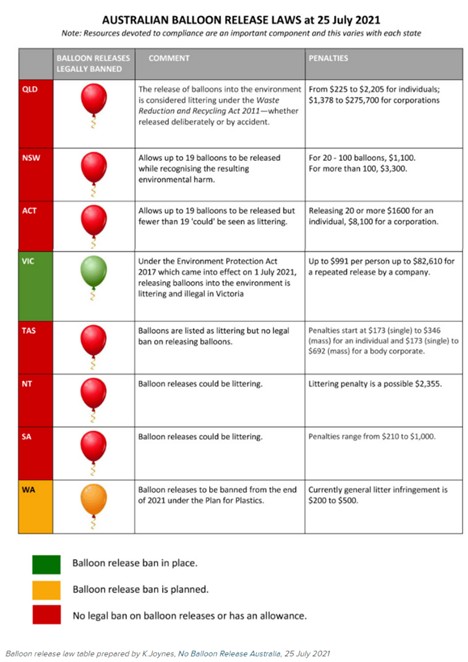We should avoid using balloons in all circumstances and instead look to environmentally friendly alternatives where possible.
Balloons are a major threat to the environment, especially marine life such as seabirds and turtles. These creatures can ingest balloon debris believing it to be a food source, and can also become entangled in balloon attachments. Clean Up Australia strongly opposes the release of helium and other balloons. We support federal banning of helium balloons on a national scale to protect our native species and the environment.



